Last Chance: The Annual Orchid Show Soars at the New York Botanical Garden
The vibrant colors of Mexico come to NYC for a unique Orchid Show at NYBG!


While the New York Public Library’s landmark building near Bryant Park will undergo extensive remodeling in the near future, let’s go over some fun facts of this prominent Beaux-Arts architecture.
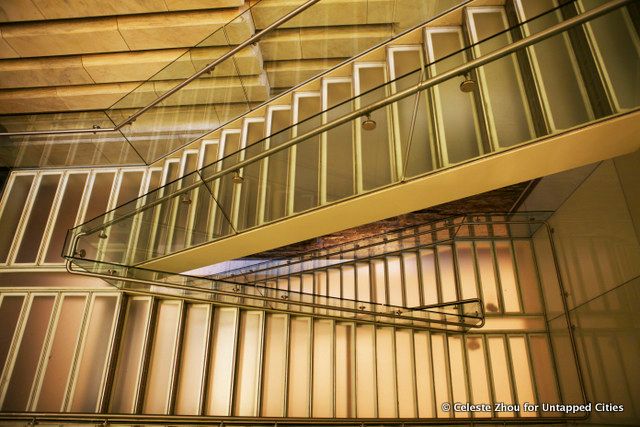
The Reservoir was completed in 1842 to hold water from the Croton River and torn down by the 1890s, and by 1902 the cornerstone was laid for the Stephen A. Schwarzman Building. Now you can still see the remains of the reservoir from the lower levels of the South Court (the red, rough bricks under the staircases.)
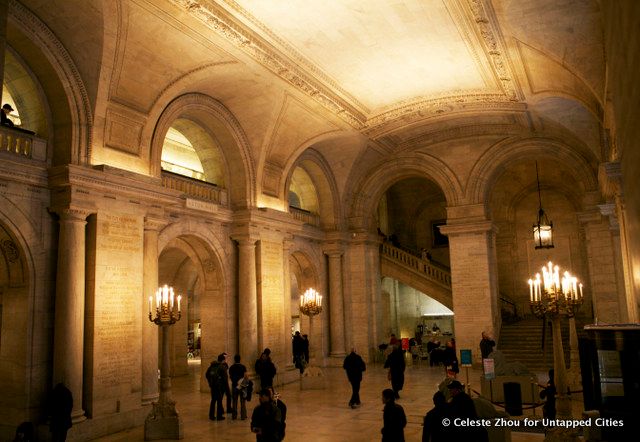
With exterior marble facing 12 inches thick and cornerstone weighting 7.5 tons, the building uses 530,000 cubic feet of white Vermont marble, which was more than six times the marble used in the New York Stock Exchange and the New York Chamber of Commerce combined.
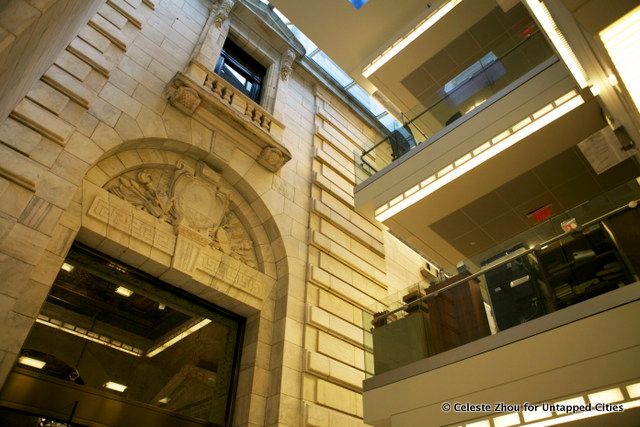
The Library of Congress hits the first with nearly 35 million, followed distantly by the Boston Public Library with about 19 million. Harvard, with 16.8 million, beats out the New York Public Library with just half a million.

Since they were deemed so hard, all employees were supplied with rubber soled shoes in 1911, a fact the manufacturer of the shoes, O’Sullivan Company, quickly exploited and used in its advertisements.
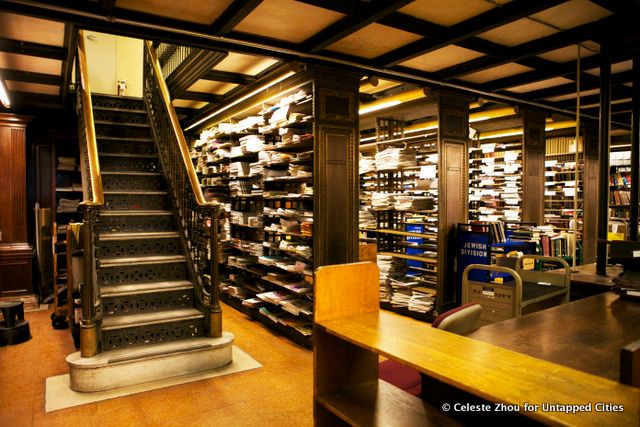
The stacks contain 125 miles of shelving, 88 miles in the seven stack floors of Humanities & Social Science Library and 37 miles in the two-level stack extension under Bryant Park. These self-supporting steel stacks also function as structural elements of the building, buttressing the floor of Rose Main Reading Room. Learn about the contentious plan to move the stacks off-site, thereby removing all books from the library.
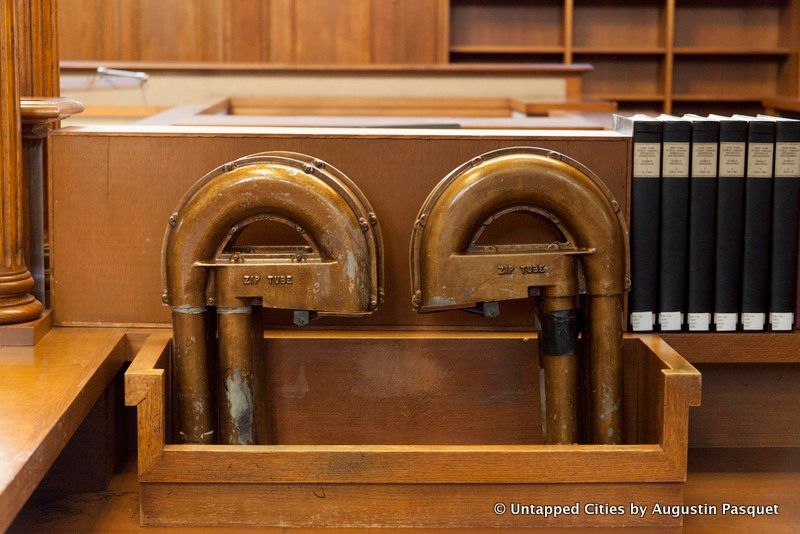
Until the 1980s, the main branch of the New York Public Library still used pneumatic tubes. Paper requests for books in the stacks of the Humanities and Social Sciences library were sent down to all levels of the stacks via pneumatic tubes and the staff underground located the book and sent it up. With 125 miles of shelving–88 miles in the seven stack floors of Humanities & Social Science Library and 37 miles in the two-level stack extension under Bryant Park–any form of efficiency is helpful. In 1998, the senior project manager at the library called the system “elegantly simple.” Even as late as 1996, a new pneumatic tube system was installed in the Science, Industry and Business Library on Madison Avenue. The project manager in 1998 said that 100 requests were being sent down each day, with very few problems.
In 2016, the New York Public Library revealed a new book delivery system that replaced the former conveyer belt one – a “book train.” See more about it here.

After Pearl Harbor was attacked, 12,000 items of valuable volumes and manuscripts in the library were temporarily moved to a secret location 250 miles away.
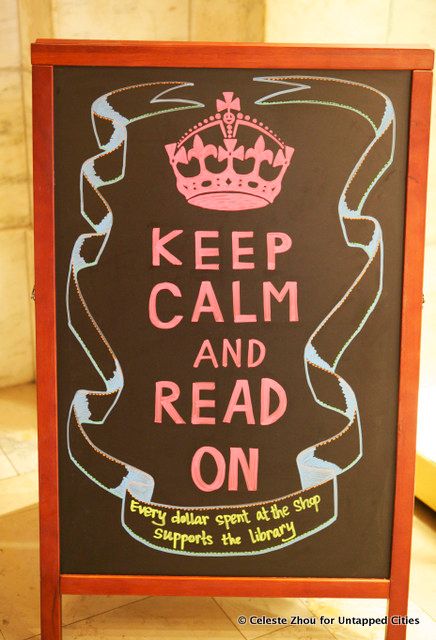
Opened on June 9, 1920, the store carried merchandise from canned and fresh foodstuffs to clothing and sewing notions.

In the collections are a 1493 unique copy of Columbus’s letter announcing his discovery of the New World, approximately 40,000 restaurant menus, dating from the 1850s to the present, and Truman Capote’s cigarette case. The library also holds locks of hair of Charlotte Brontë, Walt Whitman, and Wild Bill Hickok, among many other notables.
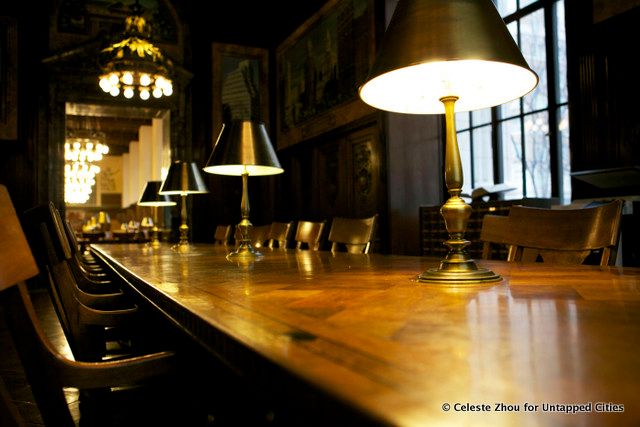
F.B.I. Agent Earl Edwin Pitts met with a Russian KGB senior official in Room 228 of the Library in July 1987, and began working as an informer. He was caught in an F.B.I. sting operation in December 1996.
Not a secret, but the many notable users of the library:
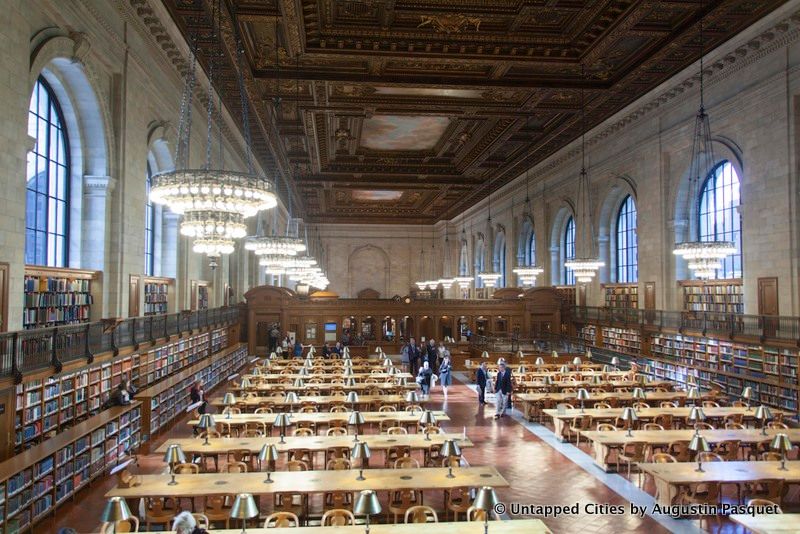
Among them have been Bob Dylan, Jacqueline Onassis, Norman Mailer, E. L. Doctorow, Grace Kelly, Lillian Gish, Norbert Pearlroth and Tom Wolfe. Betty Friedan wrote The Feminine Mystique in the Library’s Frederick Lewis Allen Memorial Room, Edward Land developed the process for Polaroid Land Camera and DeWitt Wallace read and condensed articles that he republished in his magazine, Reader’s Digest.
Read on for the the Top 10 Secrets of Grand Central Terminal, the Top 10 Secrets of the Chrysler Building and the secrets of the Flatiron Building.
Subscribe to our newsletter